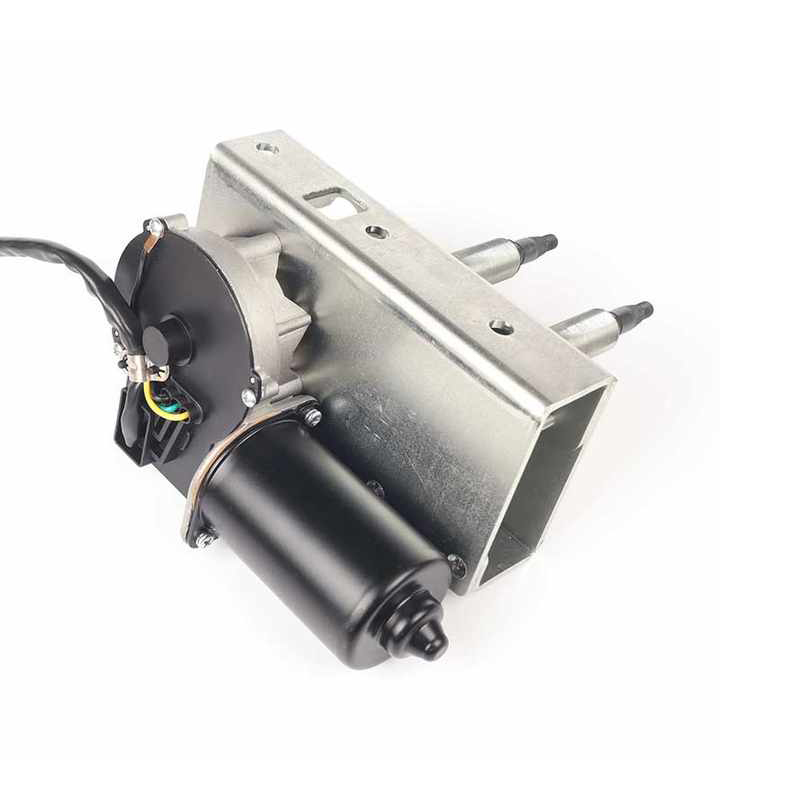 +86-0577-66009580
+86-0577-66009580
 juntmotor@126.com
juntmotor@126.com

The F006 WM0 308 wiper motor is a widely used automotive component, providing motion to windshield wipers in vehicles. While it may appear as a simple mechanical device, its presence in modern industrial society demonstrates broader implications for safety, production efficiency, technological integration, and economic value. By examining its applications and relevance, one can understand the practical value it holds beyond its immediate function.

Safety is a primary concern in modern transportation, and the F006 WM0 308 wiper motor directly supports this aspect:
Real-life application illustrates this importance. For instance, fleet vehicles in urban areas like New York or Tokyo rely heavily on operational wipers during sudden weather changes. A malfunctioning motor in these settings can temporarily impair driver visibility, demonstrating its direct link to traffic safety.
The production and integration of F006 WM0 308 wiper motors exemplify broader manufacturing considerations in modern industry:
For example, automotive manufacturers such as Volkswagen or Ford source wiper motors from specialized suppliers and integrate them with electronic control units (ECUs), highlighting the motor’s role in maintaining industrial efficiency and production reliability.
Modern vehicles increasingly incorporate advanced technologies, and even a component like the F006 WM0 308 motor reflects this trend:
A practical example is found in Tesla vehicles, which utilize electronically controlled wiper motors that adjust speed automatically based on rain intensity. Even though the underlying motor mechanism is similar, the integration with sensors demonstrates the motor’s evolving relevance in technology-driven transportation.
The wiper motor has an indirect economic and social impact beyond its immediate automotive function:
For instance, in regions with heavy rainfall such as Seattle or Mumbai, vehicles with efficient wiper systems maintain operational reliability, delays and preventing accidents. This demonstrates the motor’s practical economic contribution in daily urban transport systems.

